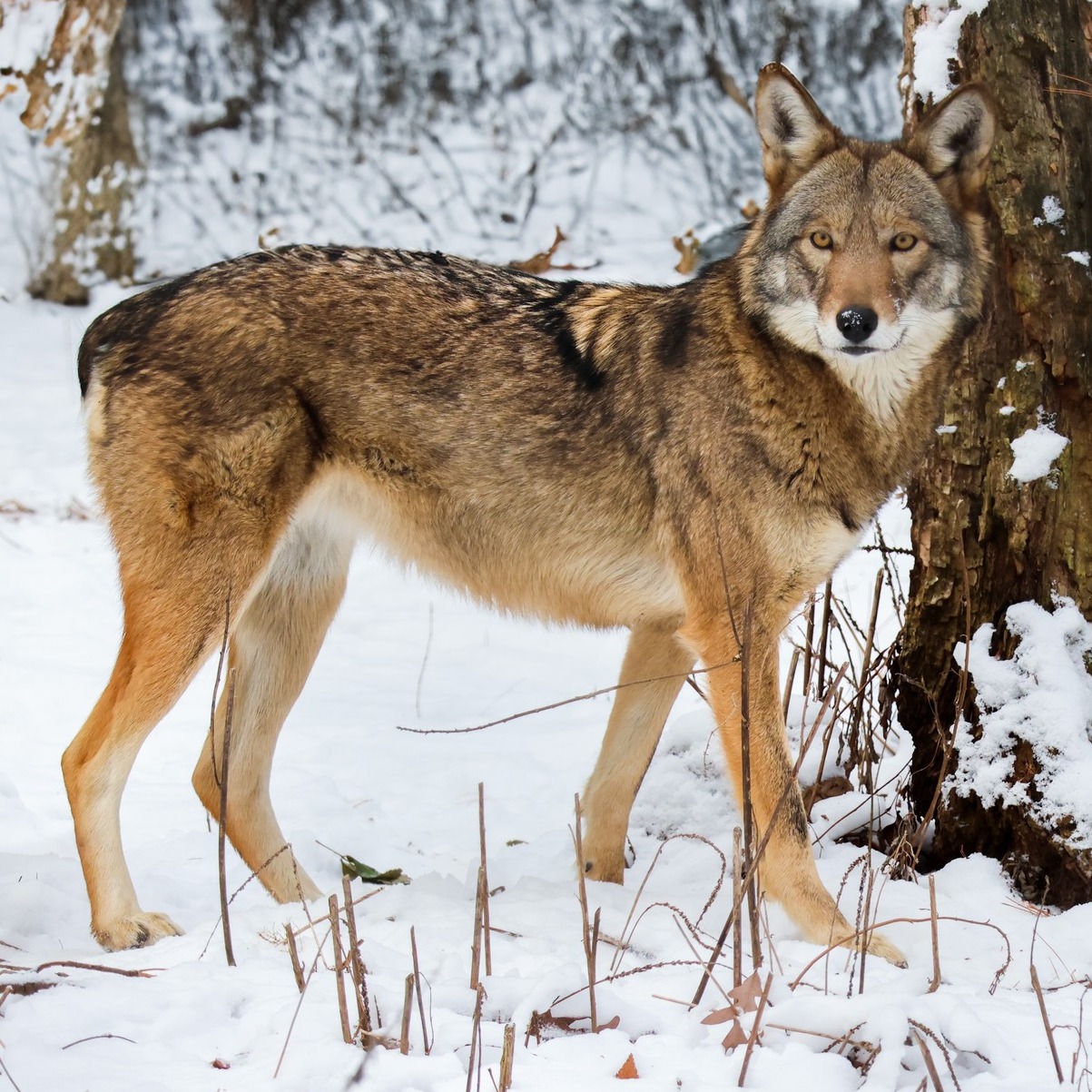-
Saluda’s playful behavior in the snow highlights the importance of animal enrichment and well-being in captivity.
-
The role of environmental factors in stimulating natural behaviors essential for zoo-managed species like Saluda.
-
Conservation insights connected to Saluda’s environment and the impact on welfare and conservation strategies.
-
The significance of human-animal interaction in understanding the behaviors and needs of zoo residents.
- Broader implications of biological studies on individual animals like Saluda for wildlife conservation strategies.
Saluda is having one howl of a good time in the snow! This spirited display is more than just an enjoyable spectacle. It provides crucial insights into animal enrichment practices, environmental factors, conservation efforts, and human-animal interaction, revealing the depth of connection between Saluda’s present joyous behavior and critical zoological concepts.
The concept of animal enrichment is central to understanding why Saluda enjoys frolicking in the snow. Enrichment is a key component of modern zoo management, focusing on the mental and physical stimulation of animals to encourage natural behaviors. For species like Saluda, engaging with a novel environment—in this case, snow—can evoke innate instincts and provide a platform for both play and physical exercise, critical for maintaining a healthy captive life. Enrichment activities are methodically planned to mimic the complexities of an animal’s natural habitat, preventing boredom and associated stress.
Consider the sensory and cognitive challenges snow presents; its texture, temperature, and patterns of movement when disturbed offer endless possibilities for exploration. For wolves and similar species, snow can also stimulate hunting and social pack behaviors, providing an avenue for natural interaction and skills practice. Such stimulation is vital for social species, where group dynamics and interactions often hinge on active participation in shared activities.
Environmental enrichment takes various forms, but the natural seasonal changes of Saluda experiencing snow are among the most impactful. Seasonal or unexpected environmental changes are used strategically within zoo settings to stimulate animals and break monotony. Such conditions mimic the dynamic nature of wild habitats, where animals need to adapt quickly to changes. Saluda’s responses to the snow offer an authentic glimpse into how climate and seasonality can drive natural behaviors, a concept crucial for effective captive animal management.
Saluda’s enjoyment underscores the importance of designing zoo habitats that cater to the physical and psychological needs of the animals. Whether it’s through designed enclosures that incorporate natural elements or spontaneous events like snowfall, the essence lies in recreating conditions stimulating natural behavior. Providing such varied environments requires knowledge and creativity, underscoring the importance of scientific input in zoo design and management.
From a conservation perspective, the environment that Saluda inhabits plays a significant role in informing broader conservation strategies. Understanding Saluda’s behavioral responses to different environmental stimuli can aid in developing more effective conservation programs, both in situ and ex situ. Conservationists strive to comprehend animal behavior, ecological needs, and social interactions within different settings, which can be instrumental in habitat management and species recovery plans in the wild.
Human-animal interactions are pivotal for assessing and improving animal welfare within zoos. Observations of animals like Saluda enjoying the snow can inform zoo staff about the effectiveness of enrichment programs and provide clues to the animals’ psychological states. Such data are indispensable for tailoring enrichment schedules and enhancing animal welfare through informed management decisions. Training staff to interpret these behaviors accurately is a critical task in wildlife conservation and captive management.
Saluda’s playful antics provide invaluable learning opportunities for students and visitors alike. They help bridge the gap between theoretical animal behavior studies and practical observation. Educational programs can leverage these moments to inspire interest in wildlife conservation, emphasizing the importance of rich, context-oriented learning environments.
The study of individual animals like Saluda contributes significantly to the broader scientific understanding of species behavior. The observations made can augment biological studies focused on captive animals, influencing how conservation programs are structured. For example, studying Saluda’s reaction to snow can lead to insights about how to manage similar species in changing climatic conditions, a topic increasingly relevant in the context of global climate change.
Overall, the joy Saluda demonstrates in the snow is far more than an amusing sight; it reflects sophisticated zoo management practices and scientific insights into animal behavior. These observations inform our approach to conservation, animal welfare, and education. As Saluda has one howl of a good time, insights are gained about how best to care for and conserve both captive and wild populations. With continued focus on these principles, zoo management can advance significantly in achieving both deep and far-reaching impacts in the field of wildlife conservation.
*****
Source Description
Saluda is having one howl of a good time in the snow! ❄️


